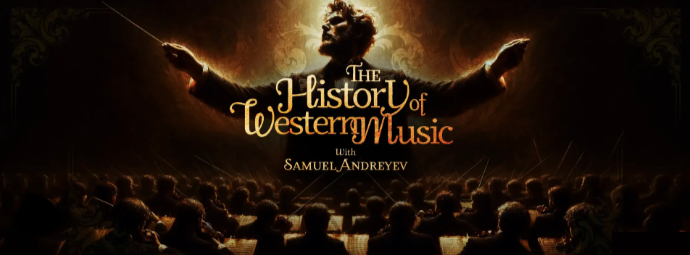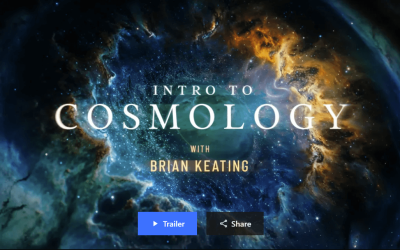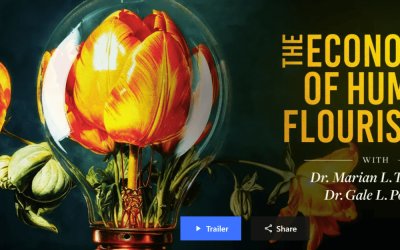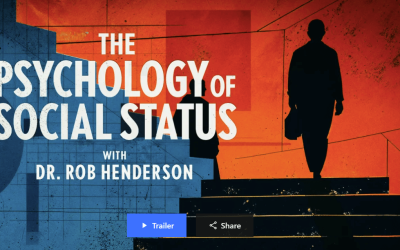An eight-hour course, Samuel Andreyev embarks on a captivating journey through the history and fundamentals of Western music, from its role as an essential component of human expression towards its evolution in the modern era.
File Size: 8.587 GB.
Format File: 9 MP4, 9 SRT, 10 TXT.
Peterson Academy – Samuel Andreyev – The History of Western Music

In History of Western Music, an eight-hour course, Samuel Andreyev embarks on a captivating journey through the history and fundamentals of Western music, from its role as an essential component of human expression towards its evolution in the modern era. We explore the development of Western music notation and theory, delve into the works of iconic composers such as Bach and Beethoven, and trace the dramatic shifts in musical language and form from the Classical to the Romantic era and beyond. The course concludes by examining the current state of music in the Western world, highlighting the unprecedented opportunities and challenges faced by composers in the rapidly evolving musical landscape of today.
Lectures
1. Musical Horizons
In our first lecture, we are introduced to the fundamentals of music as a profound and integral part of human culture. Samuel Andreyev emphasizes the importance of active listening and encourages expanding one’s musical horizons to unlock the transformative potential of this art form. By exploring the distinctions between Western classical music and various musical traditions from around the world, the lecture highlights the diverse ways in which different cultures develop and foreground specific musical parameters such as rhythm, melody, harmony, and timbre.
2. Musical Evolution
In lecture two, we delve into the development of Western music notation and theory from the Middle Ages onward. We explore the evolution from early neumatic notation to the introduction of the hexachord and four-line staff by Guido of Arezzo, and the eventual standardization of the five-line staff and rhythmic notation. The lecture highlights the profound impact these innovations had on the complexity and richness of polyphonic compositions familiar to us today.
3. Musical Parameters
In lecture three, we learn about fundamental concepts and terminology in music, including timbre, space, harmonic motion, consonance and dissonance, form, structure, phrasing, and texture. Samuel Andreyev illustrates these concepts using examples from Western classical music, highlighting how composers manipulate these elements to create expressive and engaging musical works. The lecture concludes with an analysis of a piece by French Baroque composer Jean-Philippe Rameau, demonstrating the interplay of ornamentation, repetition, and harmonic contrast within the composition’s structure.
4. Bach’s Mastery
In lecture four, we immerse ourselves into the life and works of Johann Sebastian Bach, a composer widely regarded as the pinnacle of musical achievement. Andreyev explores Bach’s unparalleled breadth and depth, highlighting his ability to seamlessly integrate the horizontal and vertical dimensions of music, creating intricate patterns and pushing the boundaries of musical possibilities. The lecture also examines Bach’s connection to the Lutheran Reformation and his masterful use of chorales, inventions, and cantatas to convey profound messages and teach listeners how to live productively.
5. Shaping Classical Music
In lecture five, we dive into the defining characteristics and historical context of the high classical style in Western music, which emerged following the Baroque era and lasted until the early 19th century. We explore the influence of Enlightenment values, the rise of melody-driven compositions, and the increasing commercialization of music during this period. We also examine the development of new musical forms, such as the sonata and the symphony, and their role in showcasing the era’s emphasis on contrast, dynamism, and the expression of the full range of human emotions and faculties.
6. Romantic Transition
In lecture six, we explore the transition from the Classical to the Romantic era in music, marked by composers pushing the boundaries of musical language and form. Beethoven, a pivotal figure bridging these eras, exemplifies this shift with his later works, such as the groundbreaking 9th Symphony, which expanded the orchestra and incorporated soloists and a choir. The lecture delves into the rise of individualized personal idioms, the concept of the composer as a visionary detached from everyday life, and the increasing emphasis on mysticism and the sublime in the Romantic era.
7. Redefining Music
In lecture seven, we see the dramatic changes in music during the late 19th and early 20th centuries, as composers grappled with the breakdown of traditional tonal structures and the rise of modernism. The lecture points out the increasing individualization of musical styles, the impact of recording technology on the relationship between composers, performers, and audiences, and the innovative approaches of influential figures such as Claude Debussy, Arnold Schoenberg, and Igor Stravinsky in redefining the musical landscape of the era.
8. Musical Evolution
In lecture eight, we continue to study profound changes in the musical landscape, focusing on the time following World War II, exploring how composers responded to the calamities of war and the rapid technological advancements of the era. We witness the rise of electronic music studios, the concept of serialism, and the groundbreaking works of avant-garde composers such as Karlheinz Stockhausen, Pierre Boulez, and John Cage, highlighting their innovative approaches and the far-reaching influence of their compositions on both classical and popular music.
9. Music Today
In this ninth and final lecture, we examine the current state of music in the Western world, discussing the profound impact of the internet on access to recordings, the proliferation of music composition students, and the changing role of the composer in the modern era. Samuel Andreyev highlights the unprecedented opportunities for artists today, while also acknowledging the challenges of navigating a rapidly evolving musical landscape.
Course Features
- Lectures 0
- Quizzes 0
- Duration 10 weeks
- Skill level All levels
- Language English
- Students 124
- Assessments Yes














